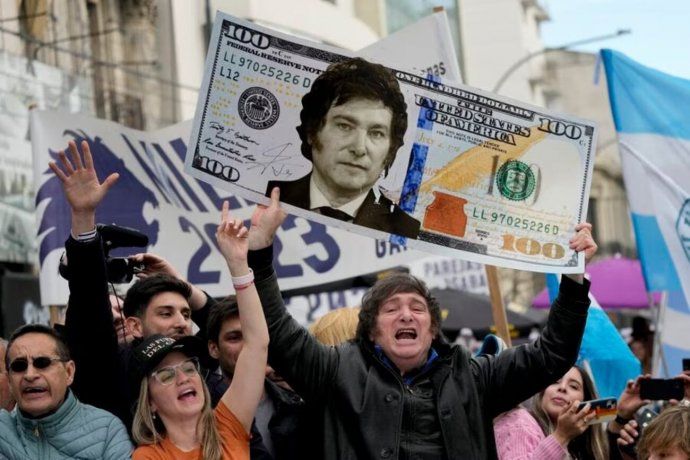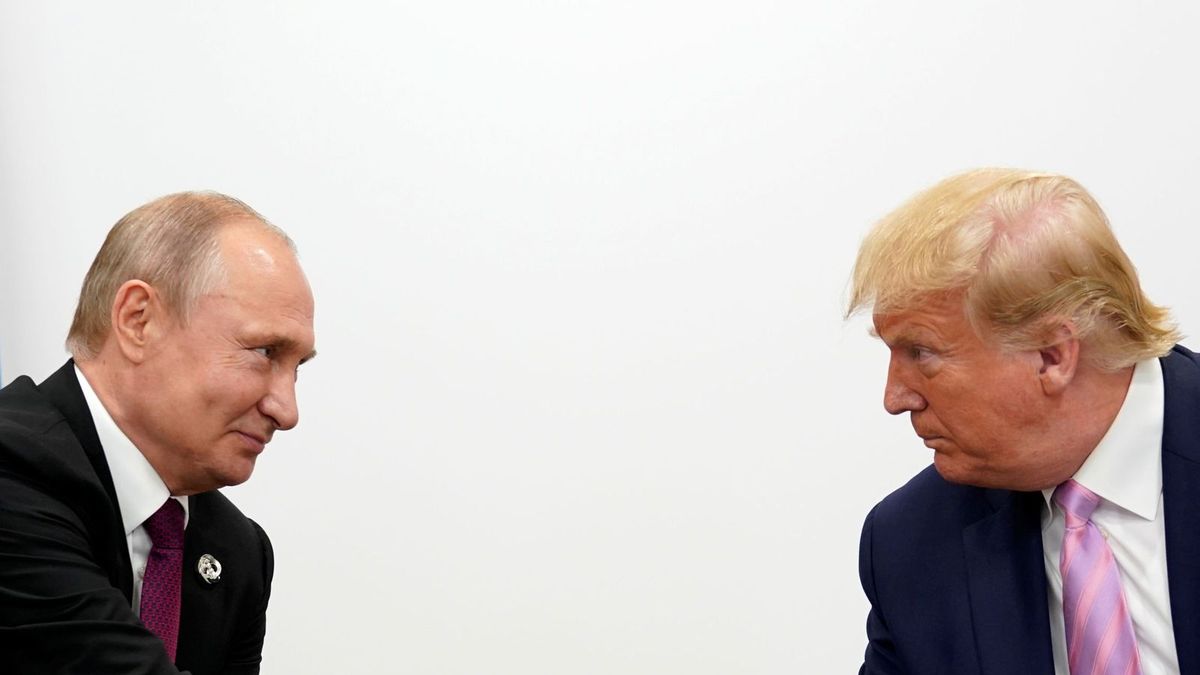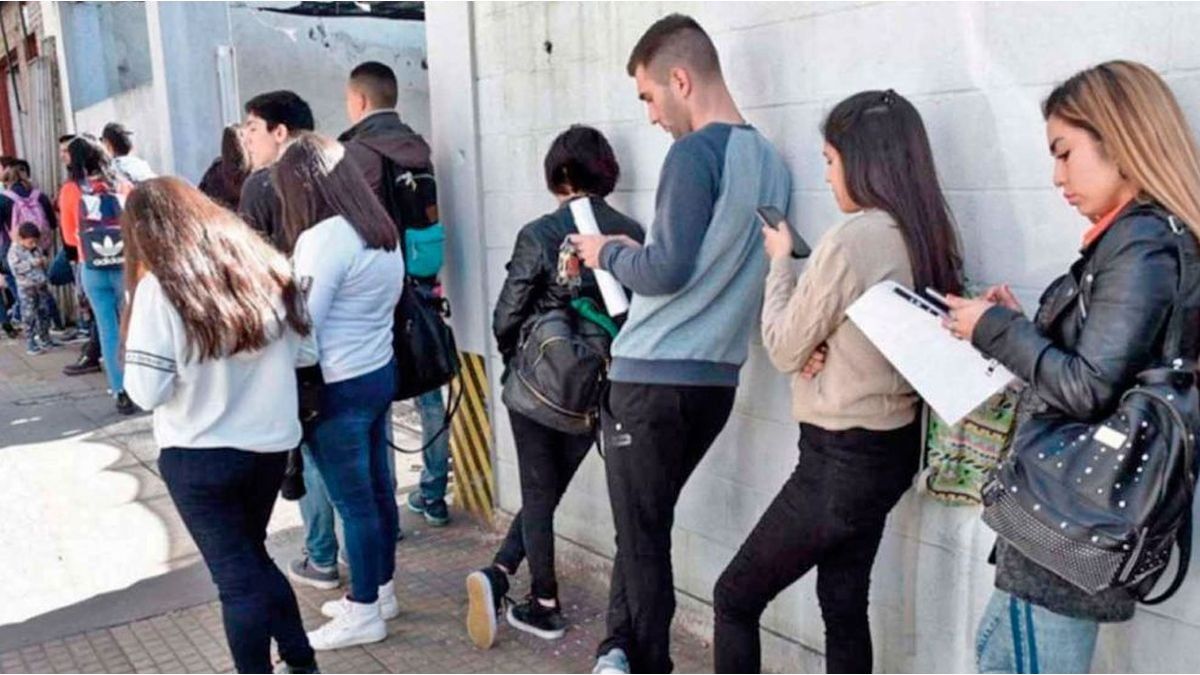Santiago Manoukianchief economist of Research in Ecolatinahe explained in dialogue with Ambit that, according to their estimates, the fall of the real salary would be close to 10% and would be located above the registered post convertibility crisisin April 2002when the assets They plummeted 9.6%.
The sharp depreciation of December salaries is explained to a greater extent by the devaluation of 54% of the pesowhich was promoted by the Government of Javier Milei and which had a full impact on all prices in the economy, except for labor benefitswhich did not change after the economic shock. “Honestness of the economy”the head of the Treasury Palace called him, Luis Caputo.
How much purchasing power did salaries lose in 2023?
Month after month, salaries are losing to inflation. Even the RIPTE –which is the average remuneration of workers in a dependency relationship – for November is an x-ray of what salaries have been suffering in recent months, with the inflationary acceleration: While the average salary grew 6.3%, the consumer price index stood at 12.8%, showing a drop of 6.5 percentage points.
According to data from the RIPTE and the accumulated inflation until November, The salary shows a real drop of around 20 percentage pointsas estimated by economist at the Scalabrini Ortiz Center for Economic and Social Studies (CESO), Federico Zirulnik.
RIPTE and Inflation.png
Advancement of private and state salaries based on inflation.
To this figure will be added the drop in real wages in December, which Zirulnik calculated at 15%, which would give “an estimated real loss of purchasing power of approximately 20 points in December.” It should be clarified that the CESO take one tentative inflation between 25% and 28%while the variation in average salaries was around 10%.
In agreement with Zirulnik, the economist Luis Campos, coordinator of the Social Law Observatory at the Institute of Studies and Training of the Autonomous CTA, estimated that, between August and October, salaries grew by approximately 10% monthly, which “if we assume that this remained constant (although it may have risen a little), the variation in real wages in December would be between -8.3% (with a very optimistic CPI of 20%) and -15.4% (with a CPI of 30%)”.
In the case of the month of December in particular, Zirulnik recalled that there are some unions with “inflation trigger clause“, who will receive a recomposition of their salaries in January, but the majority of unions do not have this measure.
Devaluation and the impact on the worker’s pocket: how much does an Argentine earn in dollars?
He devaluation shock in mid-December that was carried out by the Milei government has not yet finished impacting the economy, the different analysts even agreed that, beyond its negative impact on the December salariesthere will also be an impact in January.
However, the 118% rise in the official exchange rate led to private salary in dollars au$990 per monthtaking the official quote, now US$660, considering the price of the parallel currency. In this way, the depreciation compared to the month of November would be 41%, according to the Institute for Studies on Argentine and Latin American Reality (IERAL) in its situation report.
“The exchange rate acts as a distributive variable. The accumulated loss of purchasing power of salaries is the other side of the coin of the greater income that the exporting sectors – particularly the agricultural sector – will obtain with this new devaluation. Thinking that it is possible to sustain a high real exchange rate with high salaries is a chimera.“said the institute.
In the reconstruction that the institute has done since the departure of the convertibility until 2015, shows that the salary rose from US$300 to US$1,881, at the end of the presidency of Cristina Fernández de Kirchnerwhich “they were not sustainable from the point of view of labor productivity”they highlighted.
Javier Milei Carolina Piparo Dollar

Photo: AGP.
Minimum vital and mobile wage, the hardest hit
Currently the living and mobile minimum wage is the hardest hit on the market. It is at $156,000 and, after the devaluationwhich had a strong impact on food prices, the Labor Secretarywhat commands Omar YasinI had promised to call Salary Council to address increases earlier this month, but official sources confirmed to Ambit which will finally finalize the meeting between January 20 and 30.
The delay in local salaries, in contrast to those in the region, It’s even more shocking. A ranking of the minimum wage of the Latin American countries located to Argentina as the one with the second lowest level of the region, with a value in the order of US$152, surpassed only by that of Venezuela (US$3.61). This was revealed by a survey of Bloomberg.
According to this ranking, the Argentine minimum wage is less than that of Dominican Republic (US$245); Peru, (US$277); and Brazil (US$291).
Source: Ambito




